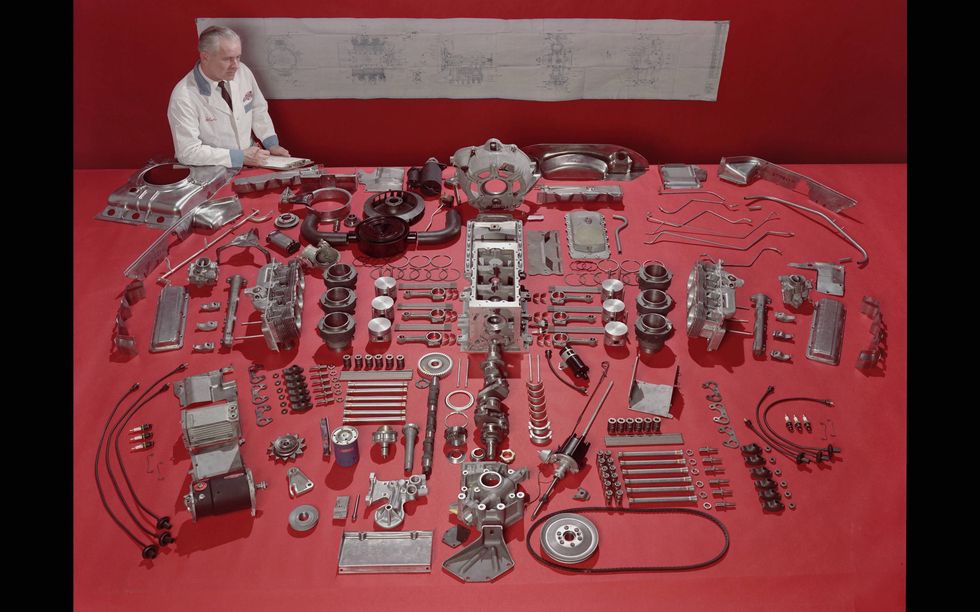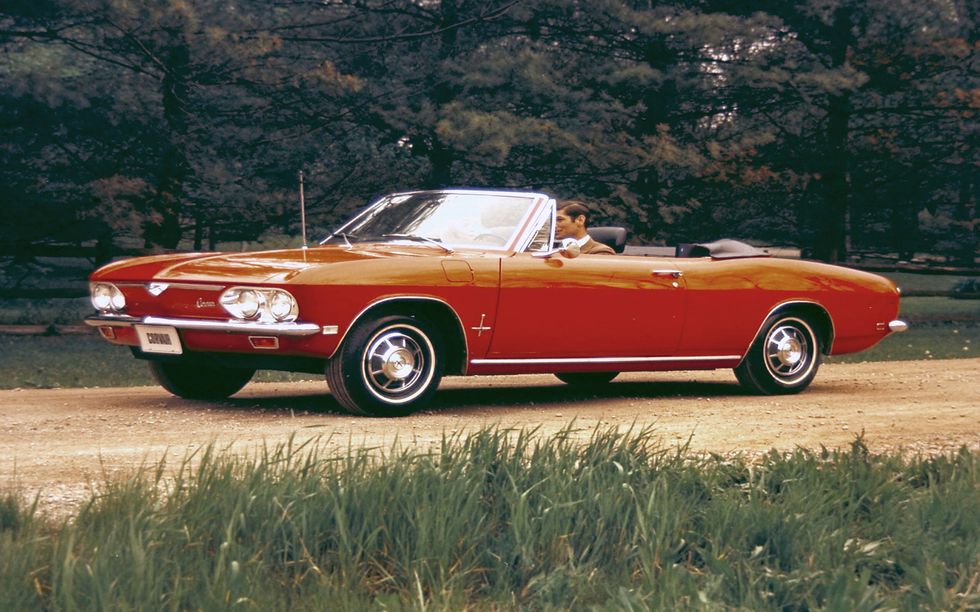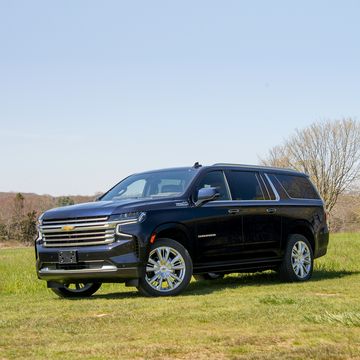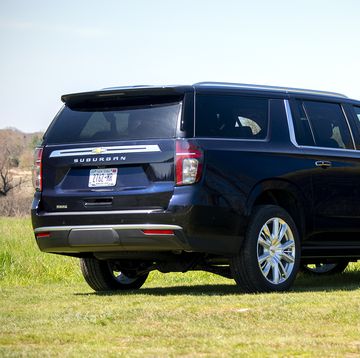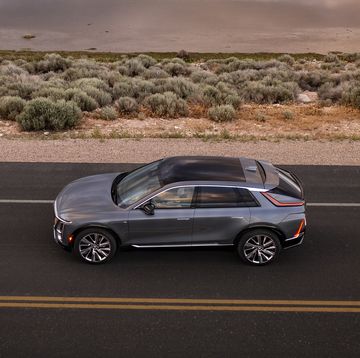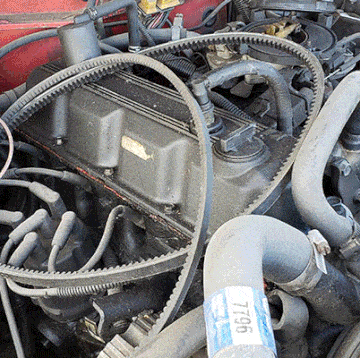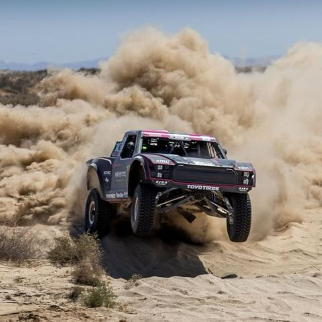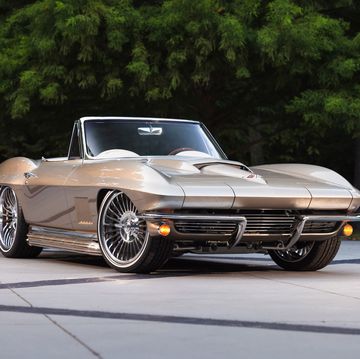In 1960 America, “compact car” meant a full-size car shrunken to fit on a 100-inch (or so) wheelbase. The 1960 Ford Falcon and slightly more revolutionary 1960 Plymouth Valiant, for example, both tucked the engine up front with a solid rear axle driving the rear wheels—just like their full-size Fairlane and Dodge Dart big brothers (yes, the Dart was a full-size car in 1960).
The Chevrolet Corvair was something else entirely. Hitting the road in 1959 as a 1960 model, the Corvair represented a sharp departure from domestic-automaker convention: An 80-hp, air-cooled aluminum flat-six engine ran behind a transaxle, way in the back, and the car featured unit-body construction and swing-axle rear suspension.
The Corvair was the future, or at least it looked a lot like the future.
As “compact” was synonymous with “thrift” in 1960, Chevrolet did a lot with a little. Cost for a two-door Corvair was about $2,000 in ’60 (which adds up to a little over $16,000, adjusted for 2015 dollars), putting the Corvair then, as now, into economy-car territory.
Chevrolet opted for a rear-engine, rear-wheel-drive design to, in part, remove the intrusion created by the transmission tunnel in a conventional front-engine/rear-drive car (something the industry’s adoption of the front-engine, front-wheel-drive configuration would also solve), and Corvair’s versatile architecture was soon spun into a coupe, sedan, wagon and even van.
Sure, cost factors—along with the gnashing of accounting and engineering—resulted in a car that could have been better, but the Corvair drove into the world as it was. And at the time, it seemed to have a long, successful road ahead of it; production numbers topped 250,000 in ’60.
Except for one little thing: The Corvair, like any rear-engine car, could, in fact, oversteer enough to get a driver not familiar with rear-engine driving dynamics in some rear-first trouble. Combine unexpected oversteer with a swing-axle independent rear suspension, and things could get … surprising.
A factory recommendation of 15 psi front, 26 psi rear tire pressure was issued, but tire pressure warnings, as they so often do, went unheeded. An unfortunate lack of a standard front sway bar—economy-car cost-cutting, naturally—didn’t help matters. And accidents happened.
Yet the public didn’t seem to mind—at first. Production neared 340,000 in 1961 and 1962, and remained relatively strong beyond that as Chevrolet continued to refine the Corvair and shuffle the model range.
The Corvair was not conceived as a particularly sporty car; four-door Corvairs were the first off the line in 1960, followed by the two-door club coupe. The majority of 1960 cars were equipped with the optional two-speed Powerglide automatic transmission. But the introduction of the Falcon/Valiant-analogous Chevy II economy car in 1962 gave the Corvair room to move toward performance—a direction it was already drifting toward with the successful debut of the Corvair Monza concept at the 1960 Chicago Auto Show. And so what was launched as a versatile and economic platform for a new kind of economy car began to embody something different.
This almost unintentional sportiness resulted in a more sorted Corvair suspension. A regular production option package with antiroll bar, stiffer springs and swing-axle travel limiters arrived in 1962. This became standard in 1964, along with a transverse rear-suspension camber compensator. Perhaps tellingly, a handling-improving camber compensator had been available via the aftermarket from 1960; aftermarket parts-giant EMPI likely foresaw the demand for this kit after manufacturing a similar setup for its sport-oriented customer base of Volkswagen drivers.
The sad end for the Corvair station wagon came in 1963, while the sport-packaged Corvairs continued to rise. But model-year improvements were more or less evolutionary until a major redesign for the 1965 model year—which came not long before the Nov. 30, 1965 release of a book, “Unsafe at Any Speed,” that notoriously called out the car by name. The first chapter of self-styled consumer advocate Ralph Nader’s text, titled “The Sporty Corvair—The One-Car Accident,” stated, in part, that the car was a public tragedy resulting from the supposedly secret world of automotive engineering.
But was the unsafe, widowmaker reputation of the Corvair wholly deserved? No—or at least, not entirely.
For one, any early ‘60s American compact car shared economy-class road dynamics with the early Corvair. Nothing from the Big Three in 1960 that was both compact and economical was built to travel nimbly at any great velocity; in 1972, a National Highway Traffic Safety Administration study found that the Chevrolet was on par with its economy contemporaries in the handling department.
(This was as much an indictment of the era’s cars as it was an acquittal of the Corvair: With four-wheel drum brakes, bias ply tires and thrift-spec suspension damping, early 1960s compact-car handling could be described as downright frightening compared to even the most beat-up, last-pick, mismatched-tire economy-class car left standing in a modern airport rental-car-fleet pickup lot.)
Moreover, economy-oriented imports—to say nothing of the Porsche 356—shared the Corvair’s initial rear-engine, swing-axle configuration, and along with it, the same oversteer and fold-over potential.
Having experienced a swing-axle, rear-wheel fold-over behind the wheel of a Volkswagen Beetle shortly after getting a driver’s license, this writer can attest that the experience is a bit crazy—but certainly not isolated to the Corvair.
It’s true that swing-axle rear suspension-equipped import cars earned reputations as widowmakers for the same reasons as the Corvair—we’re looking in your direction, Renault Dauphine—but never to the extent of the much-maligned Chevrolet.
The VW Bug’s shortcomings (suspension and handling being just two of them) are even seen as endearing through the lens of nostalgia!
Tragically, and ironically, the Corvair’s greatest opportunity to turn a metaphorical corner (and to turn real-life corners safely and confidently) arrived just as Nader’s book debuted. A new-for-1965 redesign brought crisp, almost Italian styling to the Corvair formula, while the Corsa’s optional turbocharged—turbocharged!—engine now boasted peak output of 180 hp. A quad-car-bureted naturally aspirated version of the flat-six, meanwhile, was rated for 140 hp. The contentious swing-axle? Gone, in favor of a fully independent design.
Yet the fallout from bad press and muckraking lingered, and the Corvair’s reputation as an ill-handler stuck despite marked advancements. The Corvair offered more style, performance, refinement and, arguably, safety than ever before, but it was too late.
The storm created by the press, performance-oriented competition from the new Ford Mustang and internal corporate friction, combined with a brand battle with the far more conventional Camaro, was too powerful for even the well-equipped Corvair to survive. Sales crumbed: under 110,000 cars in 1966, barely over 27,000 in 1967, around 15,000 in 1968 and just 6,000 in 1969.
The Corvair evolved for nearly a decade, taking a few surprising turns along the way, as what may not have started life as a sporting machine grew into one. In an alternate timeline, Chevrolet might have continued to develop the Corvair, perhaps as its own brand under the GM corporate umbrella, but orthodoxy combined with increasing production costs and public perception caused the demise of the Corvair more than any danger inherent in its design.
The last of the Corvairs were sold as 1969 models with a $150 incentive toward any Chevrolet purchased before 1974—by which time, we imagine, there were at least a few freshly minted Vega owners wishing they could have had a brand-new Corvair to drive home in.



